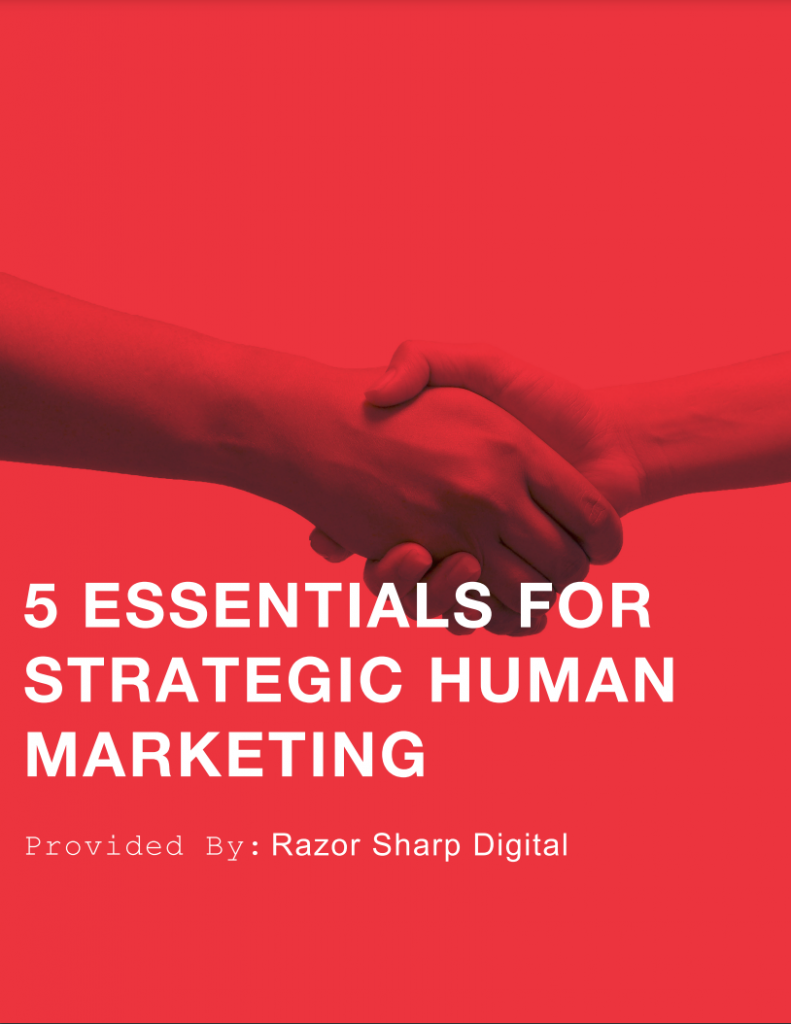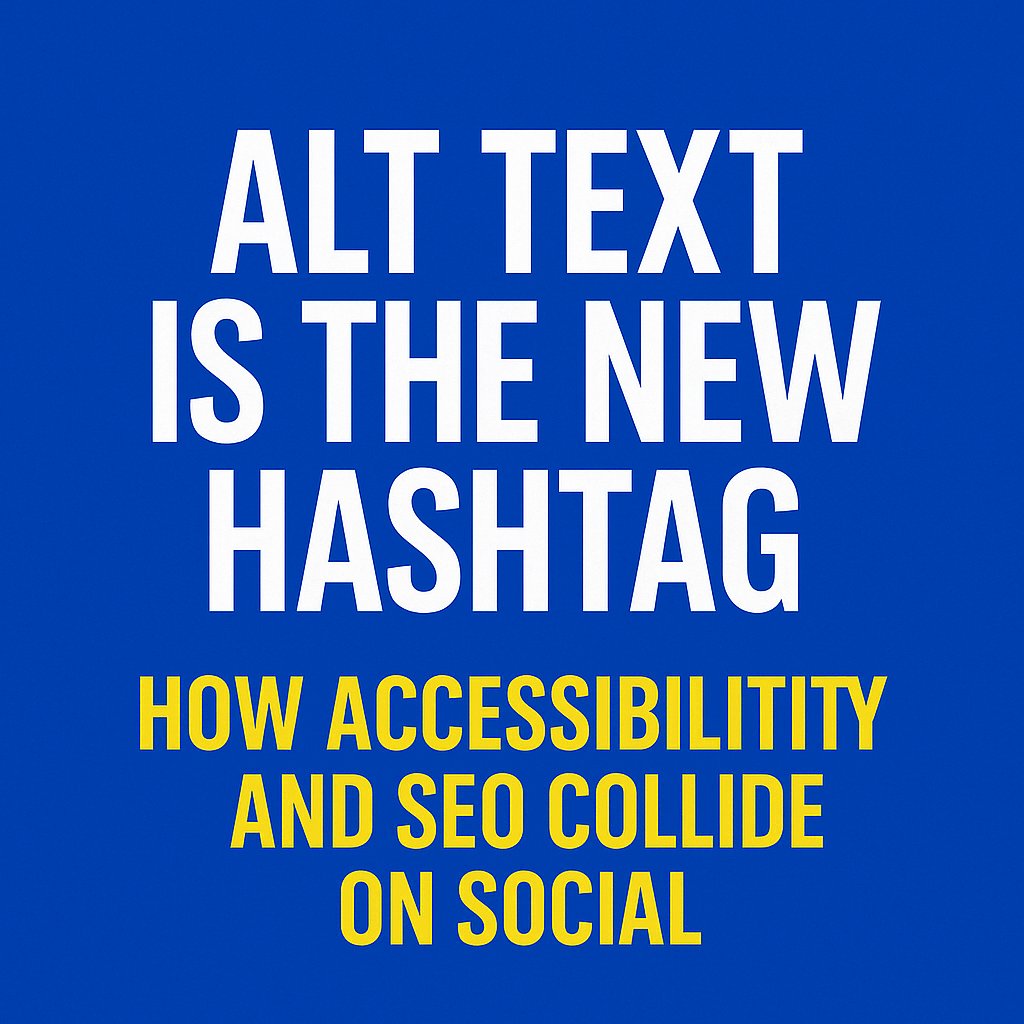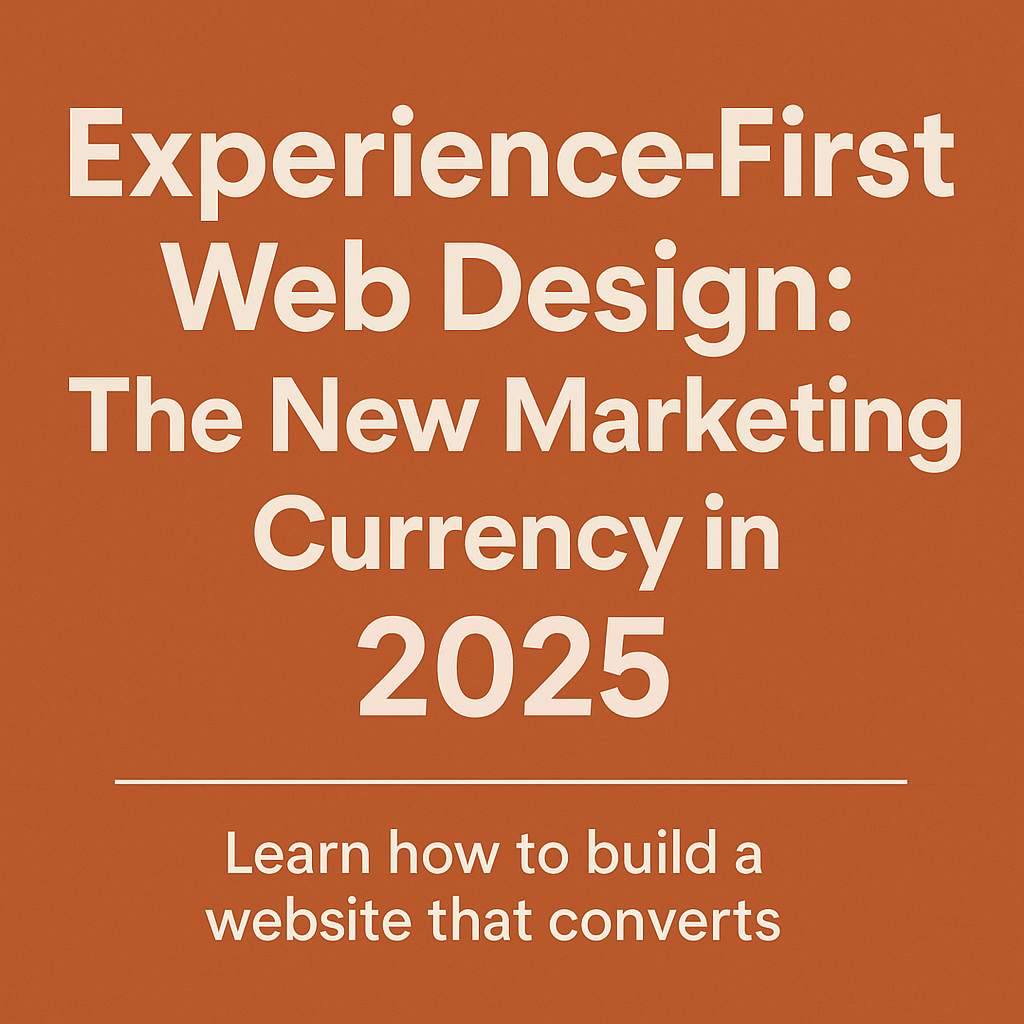When pay and perks are table stakes, culture becomes the true differentiator. In this post, we’ll explore the forces fueling this trend, why belonging is more powerful than benefits alone, and how leaders can build a culture that wins in the war for talent.
The Rising Tide: Why Belonging Is Winning
1. The new baseline: benefits are expected, not exceptional
These days, competitive benefits (healthcare, flexible time off, hybrid work, wellness programs, etc.) are often seen as the minimum. Many employers already offer these to keep pace. As they become commoditized, differentiators shift to softer assets — environment, purpose, relationships, identity, and trust.
2. Emotional ROI matters more than financial ROI
Employees are asking: “Do I feel valued? Do I matter? Can I be myself?” Feeling psychologically safe, seen, heard, and accepted has deep emotional payoffs that benefits can’t always deliver. A strong sense of belonging helps reduce stress, social friction, and internal conflict, freeing energy for creativity and performance.
3. Data backs it: belonging drives retention, performance, and better outcomes
Organizations with high reported belonging see 50% lower turnover, 75% fewer sick days, and 56% higher job performance. PMC
A McLean & Company study highlights how belonging ties directly to revenue growth and retention. The HR Digest
In a talent-scarce world, retention is more strategic than ever. Losing top performers ignites recruitment cost, morale damage, and institutional knowledge loss. CultureMonkey+1
In short: Belonging is not “nice to have” — it’s “must have” if you want to keep high performers.
What Belonging Looks Like in Practice
To make belonging tangible (not just a buzzword), leaders can invest in several culture levers:
A. Psychological safety and vulnerability
Teams need spaces where challenging ideas, failure, and disagreements are safe. When people trust they won’t be shamed or punished, they feel freer to contribute, learn, and innovate.
B. Inclusion and representation
Diversity alone isn’t enough — inclusion means actively integrating diverse voices into decision-making, empowering underrepresented groups, and avoiding tokenism. arXiv+1
C. Rituals, symbols, and shared narratives
Culture is lived in the small moments: how a team starts meetings, celebrates wins, handles mistakes, or mentors new members. Shared stories, rituals, and symbols knit individual experience into a collective identity.
D. Transparent communication and trust
Leaders who operate behind closed doors erode trust. Open communication, clarity about decisions, acknowledging uncertainties — these behaviors build psychological safety and belonging.
E. Recognition, gratitude, and belonging cues
A “thank you” matters. Frequent, specific, timely recognition reinforces that people aren’t just cogs — they’re contributors whose work is noticed and appreciated.
F. Autonomy with accountability
Belonging thrives when people feel trusted to own their work — not micromanaged but aligned with shared goals and held accountable. This balance conveys respect and confidence in people.
Why Leaders Must Lead Culture (Not Delegate It)
Culture doesn’t emerge from HR memos or a diversity committee alone — it’s a shadow cast by leadership behaviors.
Model vulnerability and humility: Admitting mistakes, seeking input, and letting go of ego sets a tone.
Link culture to business outcomes: Show how belonging fuels innovation, productivity, retention — culture is not fluff.
Empower middle managers: They’re the daily touchpoint. If middle managers can’t embody belonging, culture breaks down. Great Place To Work®+1
Measure cultural health: Track metrics like psychological safety, turnover of high performers, engagement, “I feel seen” scores, etc.
Iterate and adapt: Culture isn’t static. Regular feedback, culture sprints, and refreshed rituals help evolve with your people.
Objections & How to Address Them
| Objection | Reality / Response |
|---|
| “We can’t compete on pay with big firms.” | That’s precisely why culture matters: if you can’t outbid, out-culture. |
| “Soft stuff is hard to measure.” | True — but you can proxy it (surveys, retention, sentiment, churn). |
| “Belonging is optional, perks are tangible.” | But belonging is what keeps people beyond the first paycheck. |
| “Culture is fluffy, not strategic.” | In the era of knowledge work, culture is strategy: it shapes behavior, energy, innovation. |
Steps to Shift Culture Toward Belonging (Roadmap)
Assess current state
Use pulse surveys, focus groups, exit interviews to uncover belonging gaps and culture leaks.
Define your culture north star
Clarify values, behaviors, and beliefs you want to embed.
Pilot & iterate
Start small (one team, one ritual) and iterate before scaling.
Train leaders
Give leaders tools in empathy, communication, feedback, conflict navigation.
Infuse into performance and processes
Embed belonging in performance reviews, hiring, onboarding, rituals.
Celebrate culture wins
Highlight stories, progress, small wins to reinforce momentum.
Monitor & course correct
Maintain feedback loops, adjust as your team evolves.
The Business Payoff: Why This Isn’t Just “Nice”
Lower turnover, especially regrettable turnover: Retaining your high performers avoids costs, disruption, and morale loss.
Stronger employer brand: Word spreads — companies known for authentic culture attract top applicants.
Higher discretionary effort: Employees who feel they belong go the extra mile.
Resilience during disruption: A connected, trusting team weathers change better.
Innovation advantage: Safe environments spark creativity, dissent, and experimentation.
In short: culture is not “fluffy HR stuff” — it’s a leverage point for competitive advantage in talent-constrained domains.
In a world where benefits become baseline and competitive pay ceilings tighten, belonging becomes the scarce and precious differentiator. Top employees are asking deeper questions: “Do I belong here? Can I bring my full self? Will I grow? Will I be seen?”
As a leader or organization, your job is no longer just to pay people — it’s to inhabit, nurture, and evolve a culture that gives people a reason to stay, engage, and contribute. Because when culture wins, everything else follows.










